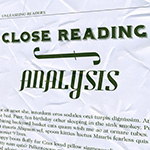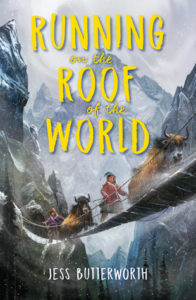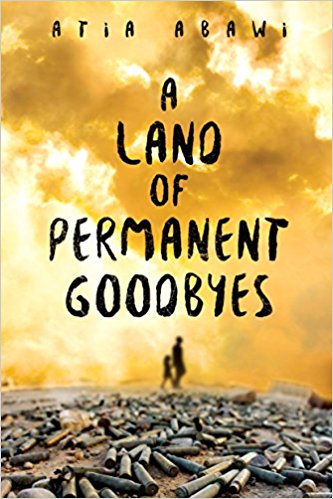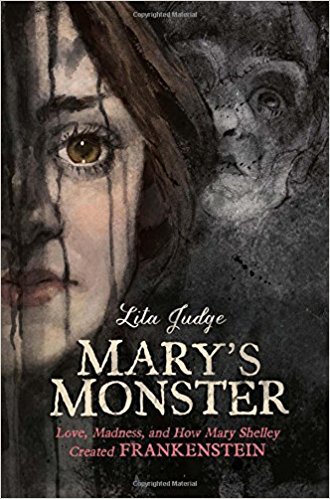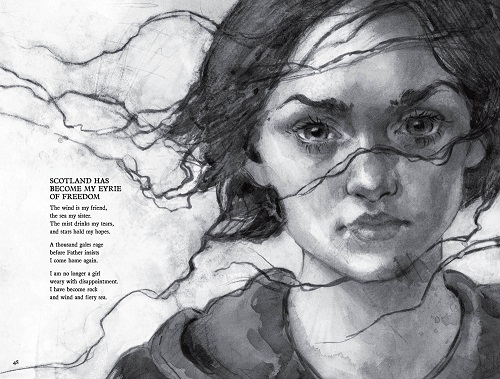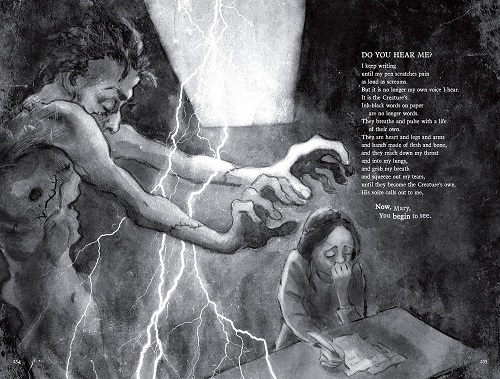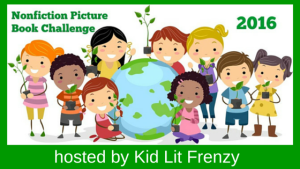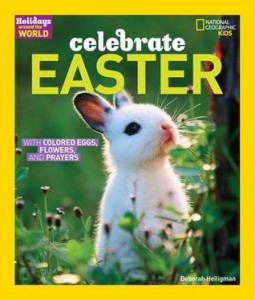The Poet X
Author: Elizabeth Acevedo
Published March 6th, 2018 by HarperTeen
Summary: A young girl in Harlem discovers slam poetry as a way to understand her mother’s religion and her own relationship to the world. Debut novel of renowned slam poet Elizabeth Acevedo.
Xiomara Batista feels unheard and unable to hide in her Harlem neighborhood. Ever since her body grew into curves, she has learned to let her fists and her fierceness do the talking.
But Xiomara has plenty she wants to say, and she pours all her frustration and passion onto the pages of a leather notebook, reciting the words to herself like prayers—especially after she catches feelings for a boy in her bio class named Aman, who her family can never know about. With Mami’s determination to force her daughter to obey the laws of the church, Xiomara understands that her thoughts are best kept to herself.
So when she is invited to join her school’s slam poetry club, she doesn’t know how she could ever attend without her mami finding out, much less speak her words out loud. But still, she can’t stop thinking about performing her poems.
Because in the face of a world that may not want to hear her, Xiomara refuses to be silent.
About the Author: Elizabeth Acevedo is the youngest child and only daughter of Dominican immigrants. She holds a BA in Performing Arts from the George Washington University and an MFA in Creative Writing from the University of Maryland. With over fourteen years of performance poetry experience, Acevedo is a National Poetry Slam Champion, Cave Canem Fellow, CantoMundo Fellow, and participant of the Callaloo Writer’s Workshop. She has two collections of poetry, Beastgirl & Other Origin Myths (YesYes Books, 2016) and winner of the 2016 Berkshire Prize, Medusa Reads La Negra’s Palm (Tupelo Press, forthcoming). The Poet X is her debut novel. She lives with her partner in Washington, DC
Praise:
- National Book Award
- Pura Belpré Award
- Michael L. Printz Award
- Golden Kite Award Honor Book
★ “Themes as diverse as growing up first-generation American, Latinx culture, sizeism, music, burgeoning sexuality, and the power of the written and spoken word are all explored with nuance. Poignant and real, beautiful and intense.”– Kirkus Reviews (starred review)
★ “Debut novelist Acevedo’s free verse gives Xiomara’s coming-of-age story an undeniable pull, its emotionally charged bluntness reflecting her determination and strength. At its heart, this is a complex and sometimes painful exploration of love in its many forms, with Xiomara’s growing love for herself reigning supreme.”– Publishers Weekly (starred review)
★ “In nearly every poem, there is at least one universal truth about adolescence, family, gender, race, religion, or sexuality that will have readers either nodding in grateful acknowledgment or blinking away tears.”– Horn Book (starred review)
★ “The Poet X is beautiful and true—a splendid debut.”– Shelf Awareness (starred review)
★ “Acevedo’s poetry is skillfully and gorgeously crafted, each verse can be savored on its own, but together they create a portrait of a young poet sure to resonate with readers long after the book’s end.”– School Library Journal (starred review)
“Crackles with energy and snaps with authenticity and voice.” —Justina Ireland, author of Dread Nation
“An incredibly potent debut.” —Jason Reynolds, author of the National Book Award Finalist Ghost
“Acevedo has amplified the voices of girls en el barrio who are equal parts goddess, saint, warrior, and hero.” —Ibi Zoboi, author of American Street
Kellee’s Review: I am not a rereader. Once I know a story, very rarely do I feel the need to revisit it; however, with The Poet X, I didn’t want to stop reading and listening to her words. As soon as I finished reading it, I found the audiobook so I could listen to it. The power of the words do not diminish with rereading, instead they scream from the pages into the reader’s hearts and minds with each read. I even plan on rereading it again because now that I know the story, I want to dive into the beautiful poetry.
With her story, Elizabeth Acevedo took me back to high school–she was talking to me. Actually, she is talking to so many: Girls who are trying to figure out their body and sexuality, Kids who are questioning religion, Families who are struggling with change, Students who are learning to find their voice, and So many people out there that need these words.
Ricki’s Review: I haven’t been able to stop recommending this book. I’ve even bought it for a few people! I’ve read this book twice, and I find new beauty in different elements each time that I read it. The writing is so captivating that I’d really love to see it as a movie or performed on a stage. Elizabeth Acevedo is known for her slam poetry performances, and she definitely won’t disappoint her followers in this one.
As Kellee noted, the themes are richly realized and offer much conversation for readers. It would make a wonderful book club selection. Each character has great depth, and I imagined them to be friends. I suspect many of the readers of this blog have read this book, but if you haven’t, drop everything and read it. I promise you won’t be disappointed.
Discussion Questions:
- How did one teacher change the course of Xiomara’s existence?
- How are Xiomara and her mother alike in their passions?
- How does Father Sean support Xiomara in her search for her personal identity?
- Aman shows Xiomara that her body is not the only thing that speaks to boys. How does he show her that she is more than other men have made her feel?
Example Discussion Questions from the Publisher-Provided Educator’s Guide:
- How does Xiomara reckon with her own silence? Have you ever felt silenced? Why or why not?
- How does Xiomara’s relationship with writing change her relationship with her mother over the course of the novel? Why do you think writing affects her relationship with her mother? What about church and spirituality–how does X compare and contrast religion (prayer) and poetry?
- What is it about writing that makes Xiomara feel brave?
Example Creative Writing Prompts from the Publisher-Provided Educator’s Guide:
- List the five senses. Read the poem “Names.” What do you know about your name? How is your name a sound? A smell? A touch?
- Read Xiomara’s responses to Ms. Galiano’s writing assignment “When was the last time you felt free?” Write your own response to Ms. Galiano’s question.
Flagged Passages:
- I only know that learning to believe in the power of my own words has been the most freeing experience of my life. It has brought me the most light. And isn’t that what a poem is? A lantern glowing in the dark.
- My brother was born a soft whistle:
quiet, barely stirring the air, a gentle sound.
But I was born all the hurricane he needed
to lift – and drop- those that hurt him to the ground. - Just because your father’s present, doesn’t mean he isn’t absent.
- While I watch her hands, and face,
feeling like she’s talking directly to me.
She’s saying the thoughts I didn’t know anyone else had.We’re different, this poet and I. In looks, in body,
in background. But I don’t feel so different
when I listen to her. I feel heard.
“Music for A” from The Poet X, Live Performance by Elizabeth Acevedo:
Audio Exceprt also found at: https://www.harpercollins.com/9780062662804/the-poet-x/
Read This If You Love: Meg Medina, Jacqueline Woodson, Jason Reynolds, Sandra Cisneros, Guadalupe Garcia McCall, Solo by Kwame Alexander, Open Riffs edited by Mitali Perkins, Bronx Masquerade by Nikki Grimes, What Girls Are Made Of by Elana K. Arnold, American Street by Ibi Zoboi, Water in May by Ismée Amiel Williams
Recommended For:


